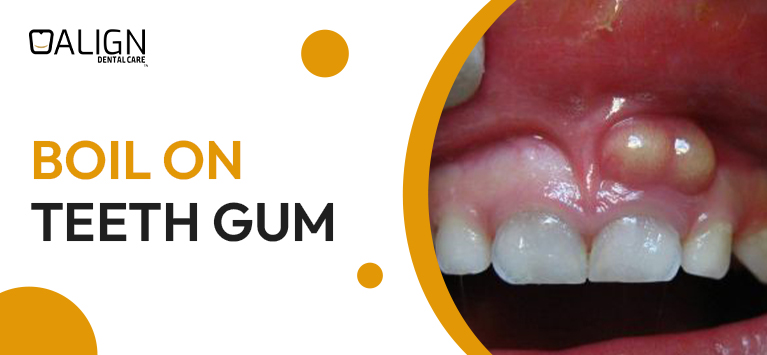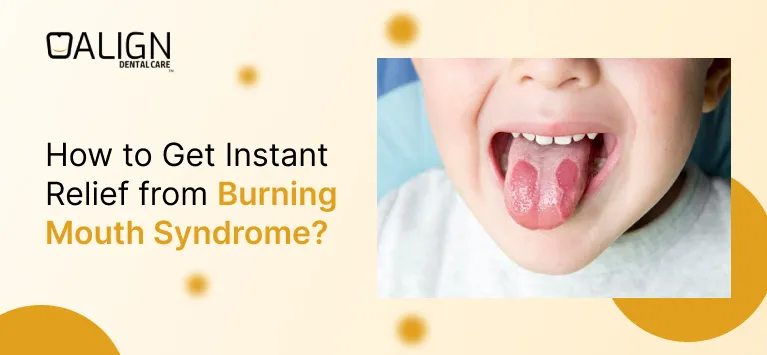
Boil on Teeth Gum
Have you ever felt really bad pain in your gums or teeth, along with swelling and tenderness? That could be a boil on teeth gum. It’s a nasty infection that can mess up your mouth. Knowing why gum boils happen, what the symptoms of gum boil on gum are, and how to treat them is important for keeping your mouth healthy. Let’s explore boil on teeth gum, from what causes them to how you can make them better.
Table of Contents
What is a Gum Boil?
A gum boil, also known as a gum abscess or tooth abscess, is a painful infection that occurs in the gums or around the root of a tooth. A gum boil is a collection of pus that forms in the soft tissue surrounding the teeth or inside the mouth. It typically develops when bacteria enter the pulp of the tooth (innermost layer) or the periodontal tissue (tissue surrounding the tooth). The bacteria can invade the tissue and cause an infection, leading to the formation of an abscess.
Causes of Gum Boils
Boils on teeth gum can be caused by various factors, including:
Poor oral hygiene: Inadequate brushing and flossing can allow plaque and bacteria to accumulate on teeth and gums.
Tooth decay: Untreated cavities can lead to the infection spreading to the gum tissue. When bacteria from tooth decay reach the gums, they can cause an infection that leads to the formation of a gum boil on gum.
Gum disease (periodontal disease): advanced gum disease can damage the soft tissue and allow bacteria to enter.
Trauma to the mouth: injuries to the teeth or gums can create a pathway for bacteria.
Weakened immune system: a compromised immune system can make individuals more susceptible to infections
Symptoms of Gum Boils
The symptoms of boils on teeth gum can vary depending on the size and location of the boil. Common symptoms include:
- Severe pain and throbbing in the gums or teeth
- Swelling, redness, and soreness in the impacted area
- Pus discharge from the abscess
- Sensitivities for hot or cold meals and beverages
- Difficulty chewing or biting
- Fever and chills (in severe cases)
- Bad breath
How to get rid of a gum boil?
The seriousness of the illness determines how gum boils are treated. Treatment of a gum abscess is essential to prevent the spread of disease. Treatment options may include:
Antibiotics
Antibiotics are a class of medication that aids the body in fighting bacterial illnesses. The dentist or physician may prescribe medicines to help your body eradicate the harmful bacteria causing the infection if you have a boil on teeth gum. By doing this, you may quicken your recovery and stop the illness from getting worse.
Drainage
A buildup of pus, which is a thick, yellowish liquid, frequently occurs inside gum boil on gum. This may result in severe pain and swelling around the gum abscess. To make you feel better, the dentist or physician occasionally needs to remove the pus from a gum boil. To achieve this, they will puncture a tiny hole in the gum abscess and let the pus escape. This may lessen the boil on teeth gum discomfort and swelling.
Tooth extraction
A broken or infected tooth may occasionally be the source of the gum boil infection. In such a situation, the dentist might advise extracting the tooth in order to promote the healing of the infection. We refer to this as a tooth extraction. To delicately remove the tooth from your mouth, the dentist will utilize specialized tools. This can lessen the infection’s progress and shield your teeth and gums from future harm.
Endodontic treatment (root canal)
A root canal is a specialized operation used to treat damaged or infected teeth. A root canal involves the dentist extracting the tooth’s diseased or damaged portion and clearing the area of any bacteria or waste. Subsequently, a unique filling material will be used to help seal the tooth and stop additional infection. This may assist in preserving the tooth and avoiding the requirement for tooth extraction.
Natural Remedies for Gum Boils
In addition to medical treatments, certain natural remedies can provide temporary relief from gum abscess symptoms:
Saltwater rinses
A gum boil can cause extreme pain. Gargling with warm salt water can help it feel better by lowering pain and swelling. It functions similarly to applying a little bandage to your gums to hasten their healing.
Clove oil
Clove oil works similarly to a magical tongue-numbing agent. It will assist in relieving pain if you apply a small amount of it to the affected area. It feels like using a certain gel to ease the ache!
Tea tree oil
Tea tree oil acts as a kind of oral superhero, fending off oral evils. Some microorganisms might worsen a boil on teeth gum. With its unique properties, tea tree oil can help eliminate those bacteria and improve your overall health.
Garlic
Garlic helps your body fight off harmful agents. Garlic aids in the removal of bacteria from your body that may trigger a gum abscess. It’s like having a secret tool to improve the way you feel.
Conclusion
Gum boils are not something to ignore, as they can lead to severe consequences if left untreated. Understanding the causes, symptoms, and treatments is crucial for maintaining good oral health.
By practicing good dental hygiene, addressing underlying dental issues, and seeking timely treatment, individuals can prevent and effectively manage gum abscesses. If you experience any symptoms of a gum boil on gum, consult your dentist immediately to avoid severe complications.












